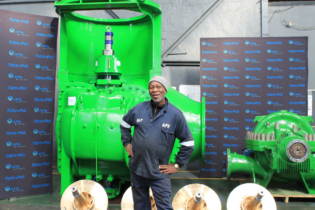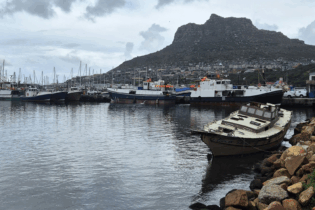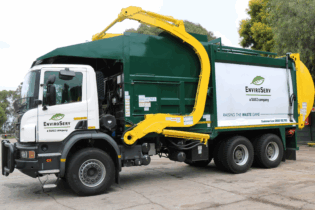“There is now not one drop of municipal water left in Harare,” A source supplying boreholes in several SADC countries, including Zimbabwe’s capital, has told Infrastructre.ne.ws.
“There are now hundreds of new boreholes being dug each week, putting strain on the southern African country’s aquifers,” the source said. Since the average household has to rely on water delivered from tanker trucks, sourced from boreholes, wells and, where possible, rivers, the cost of water in the area is skyrocketing for domestic users.
The average household uses three to four tanks of water per week and each tank costs about USD50. “The water coming off those trucks is by and large unpurified and untreated,” adds the source.
Only four short years after water and sanitation was declared a basic human right by the UN, one of southern Africa’s most populous cities is now under threat due to massive supply shortfalls. According to a human rights watch report, “Zimbabwe’s water and sanitation services are broken and the government isn’t fixing it.” UN analysts predict that if nothing is done to mitigate the crisis, thousands of Zimbabwean citizens face the risk of contracting cholera and other deadly diseases resulting from dirty water.
Local councilmen in Zimbabwe have been giving interviews saying the situation is not as dire as reports makes out and that at least half the capital’s daily water needs are being met and that part of the reason for shortfalls can be attributed to upgrade works. But from the perspective of local residents, water shortages have reached crisis point.







